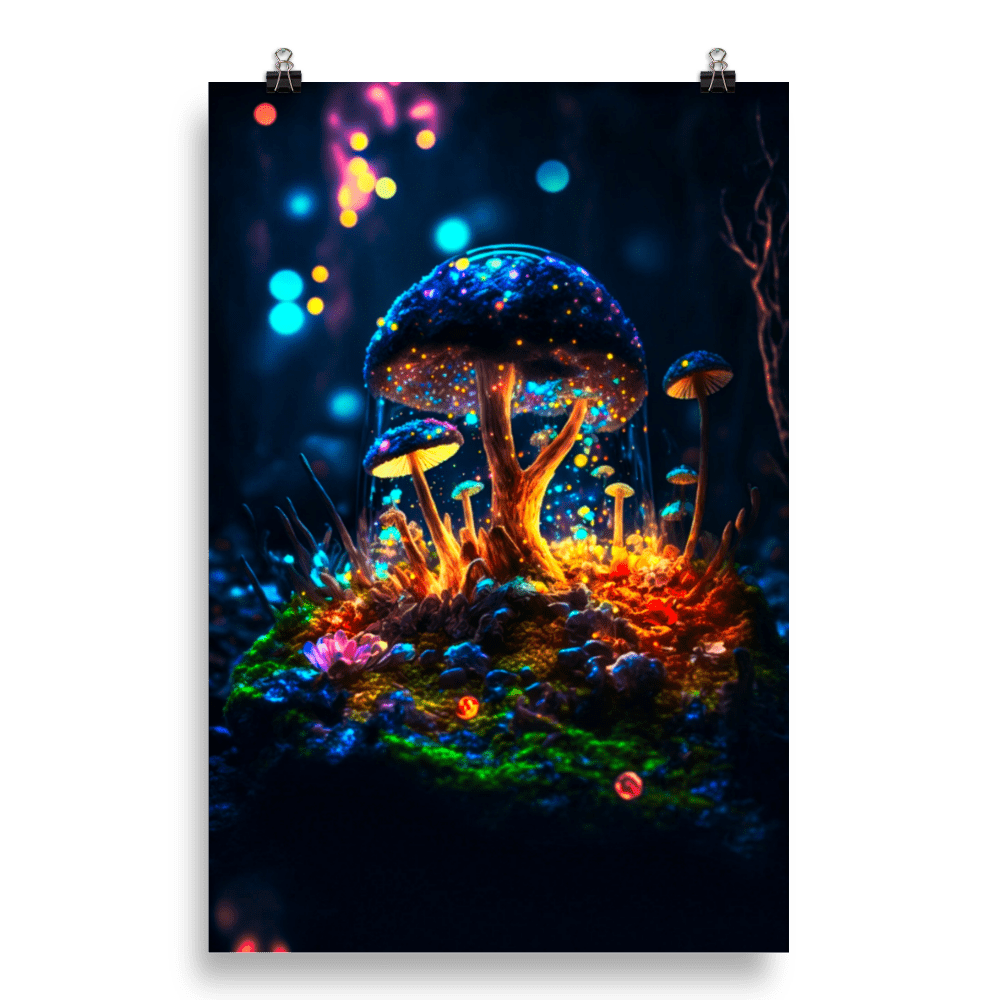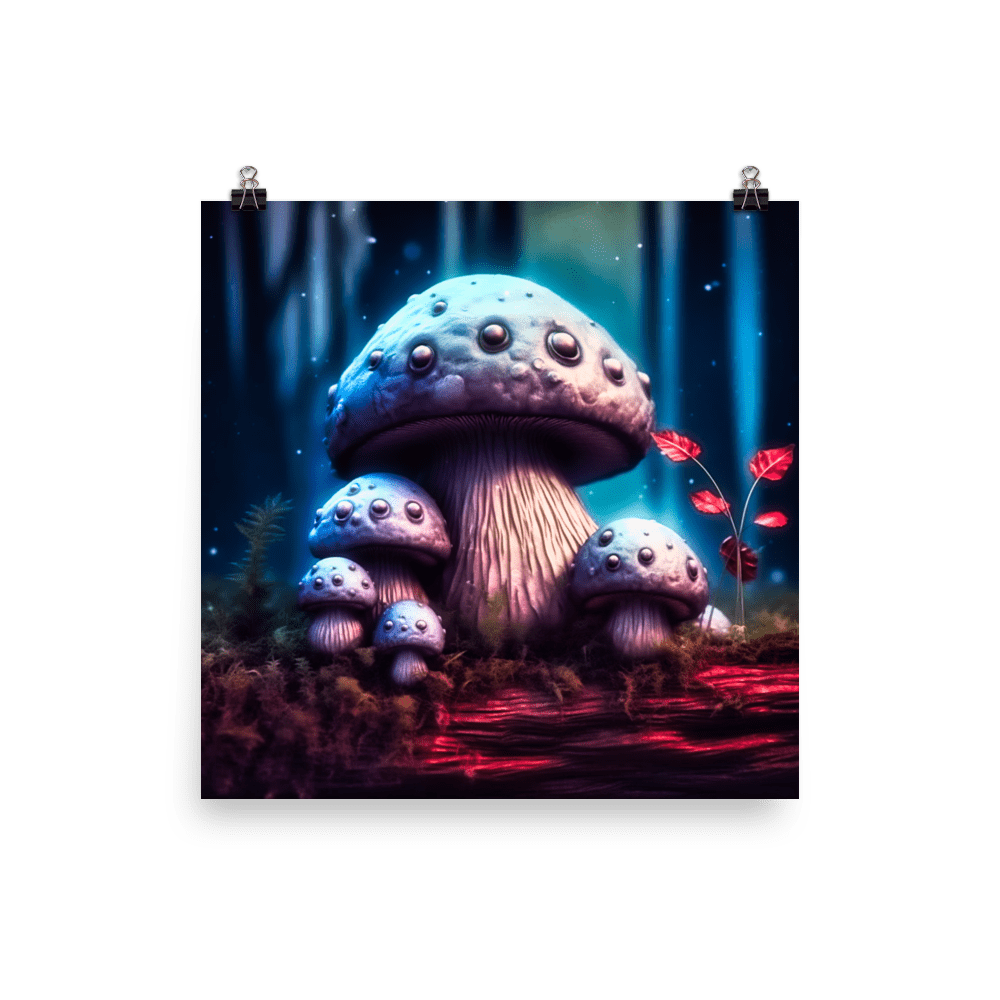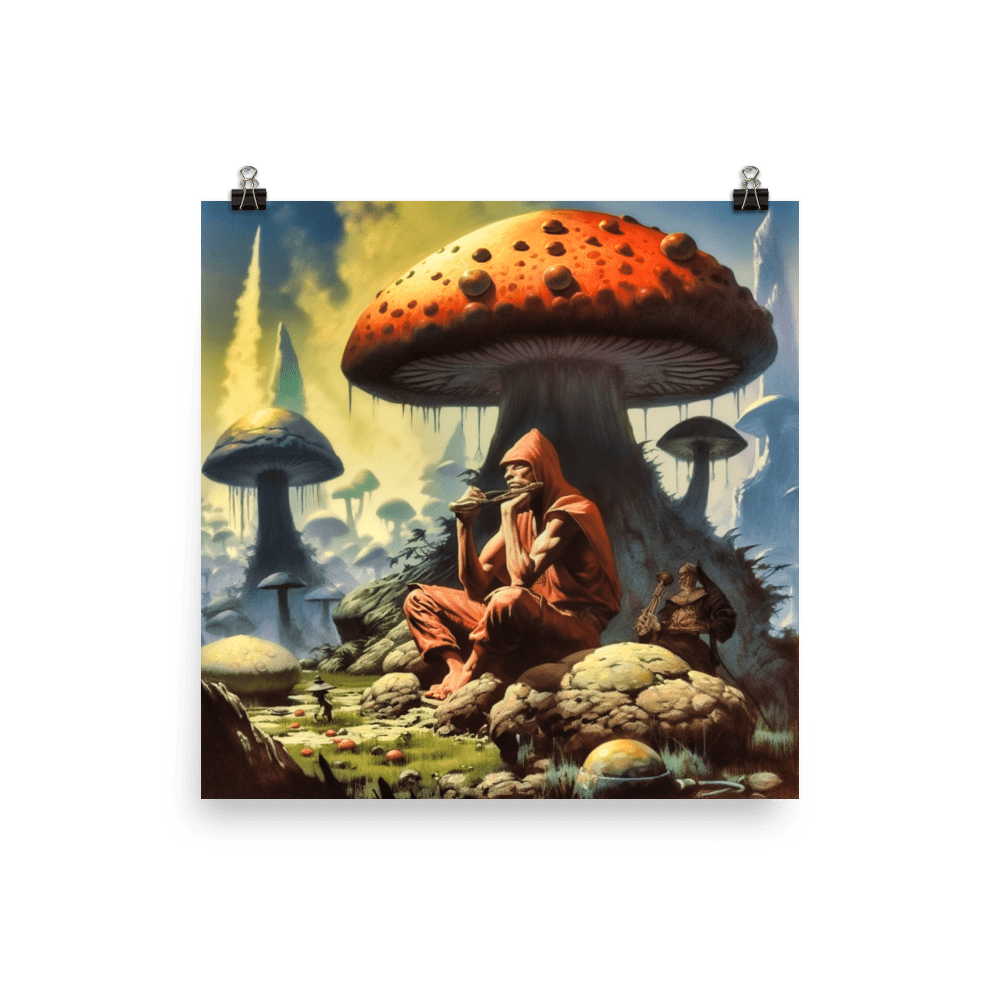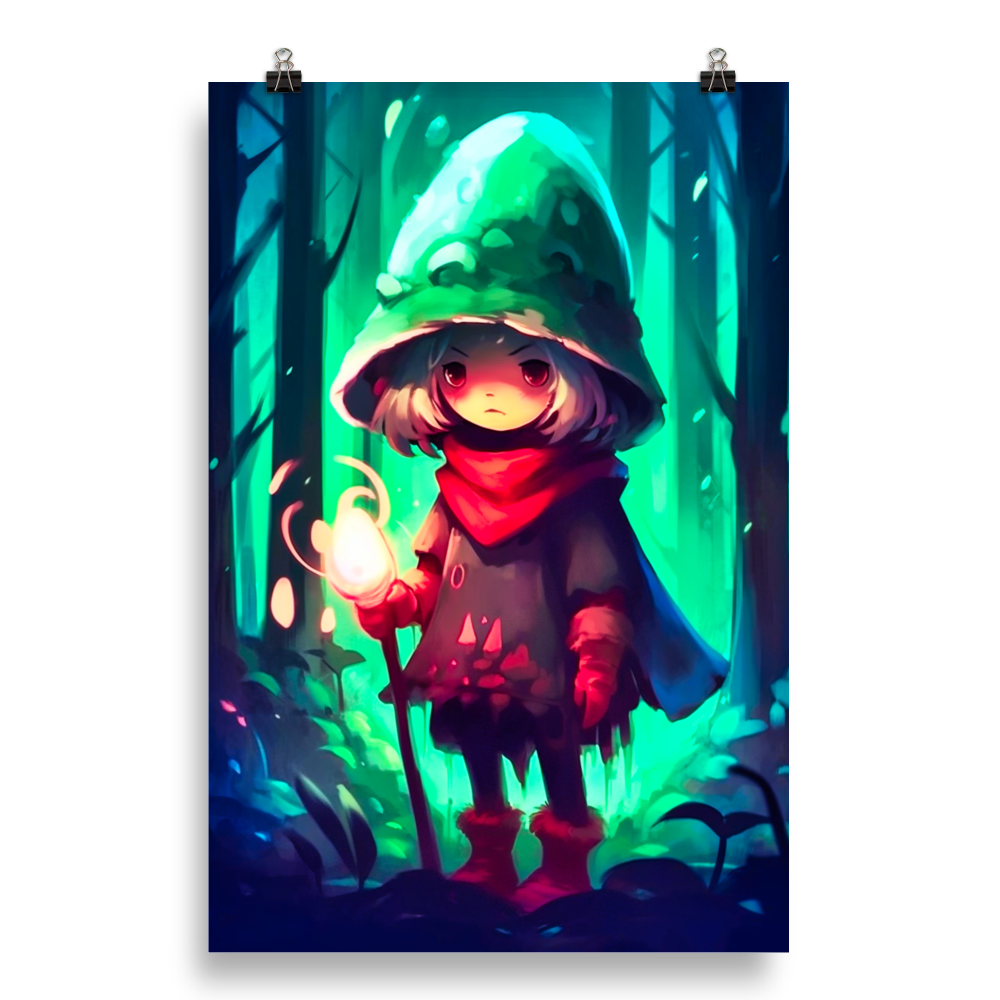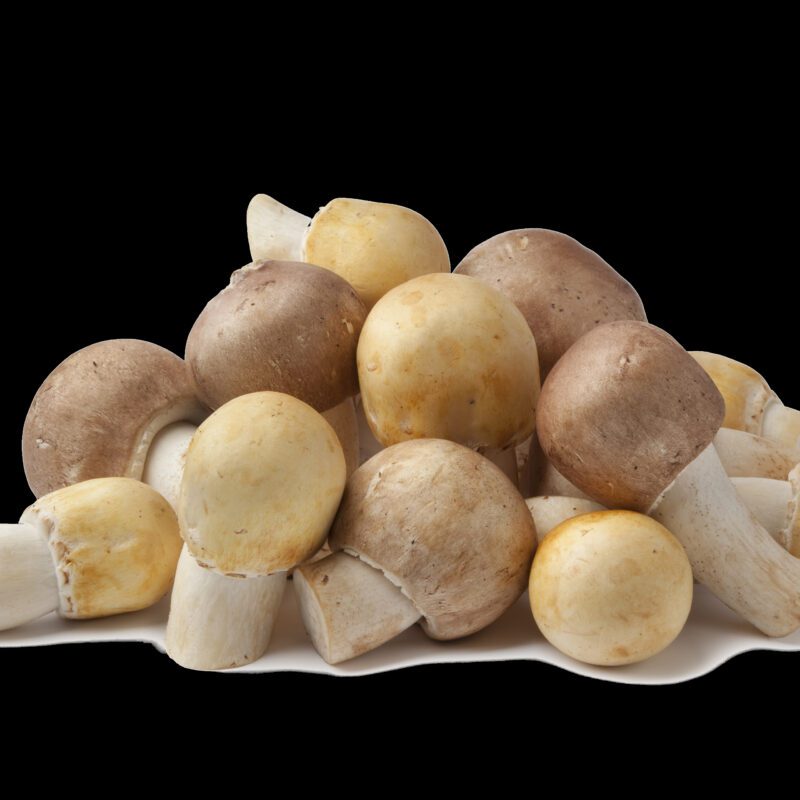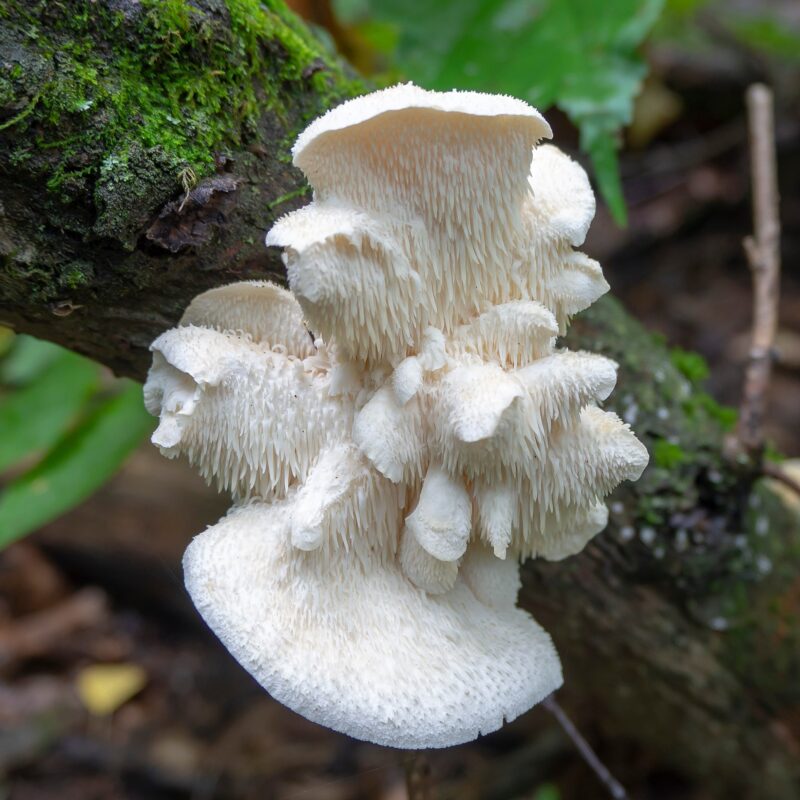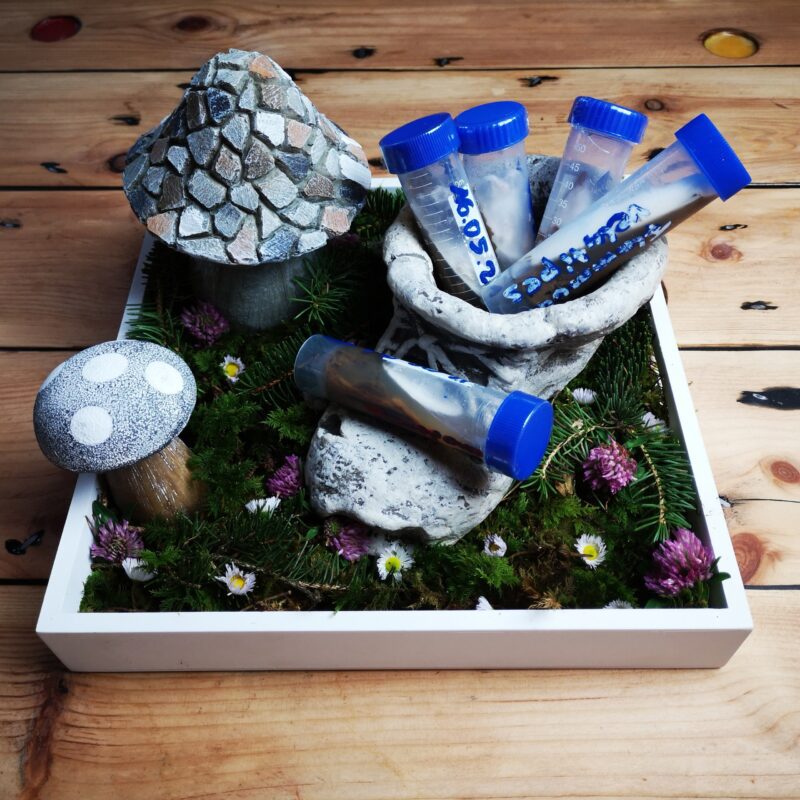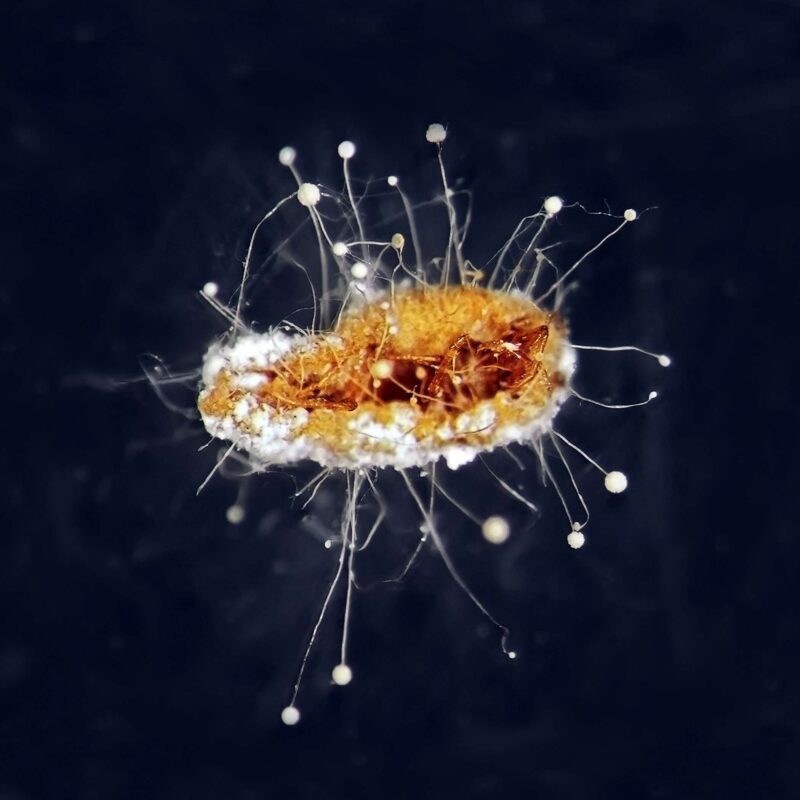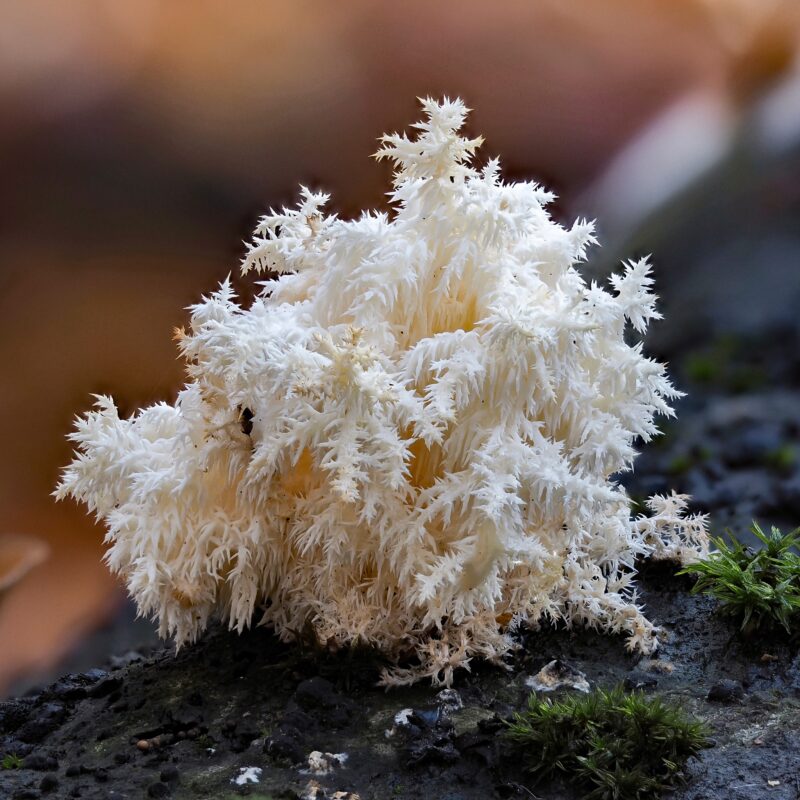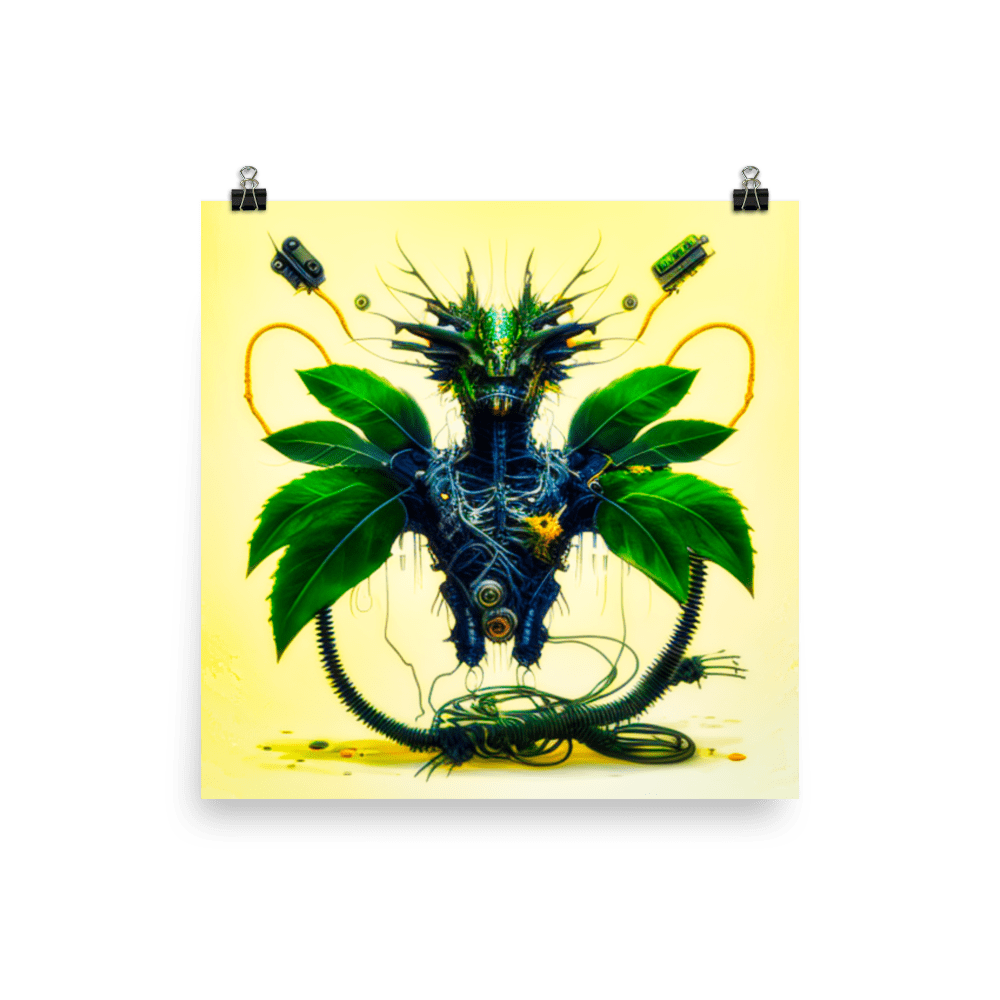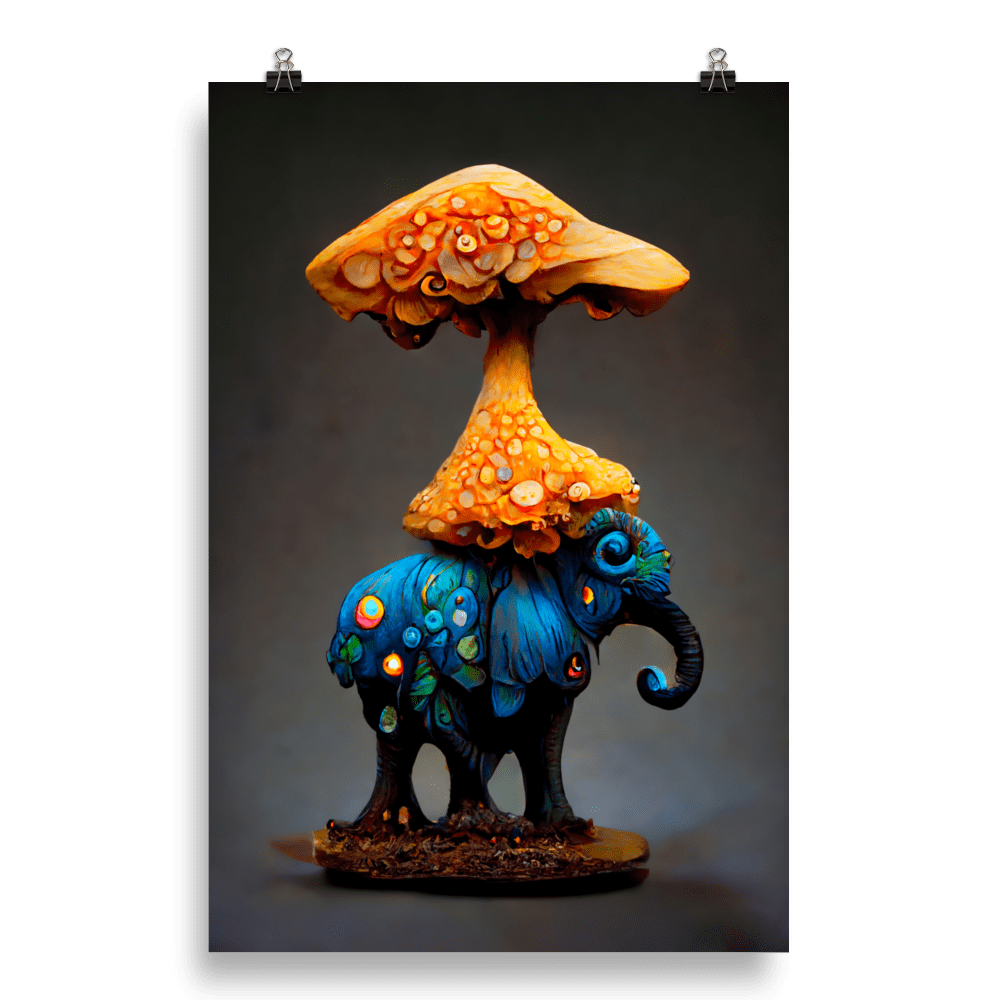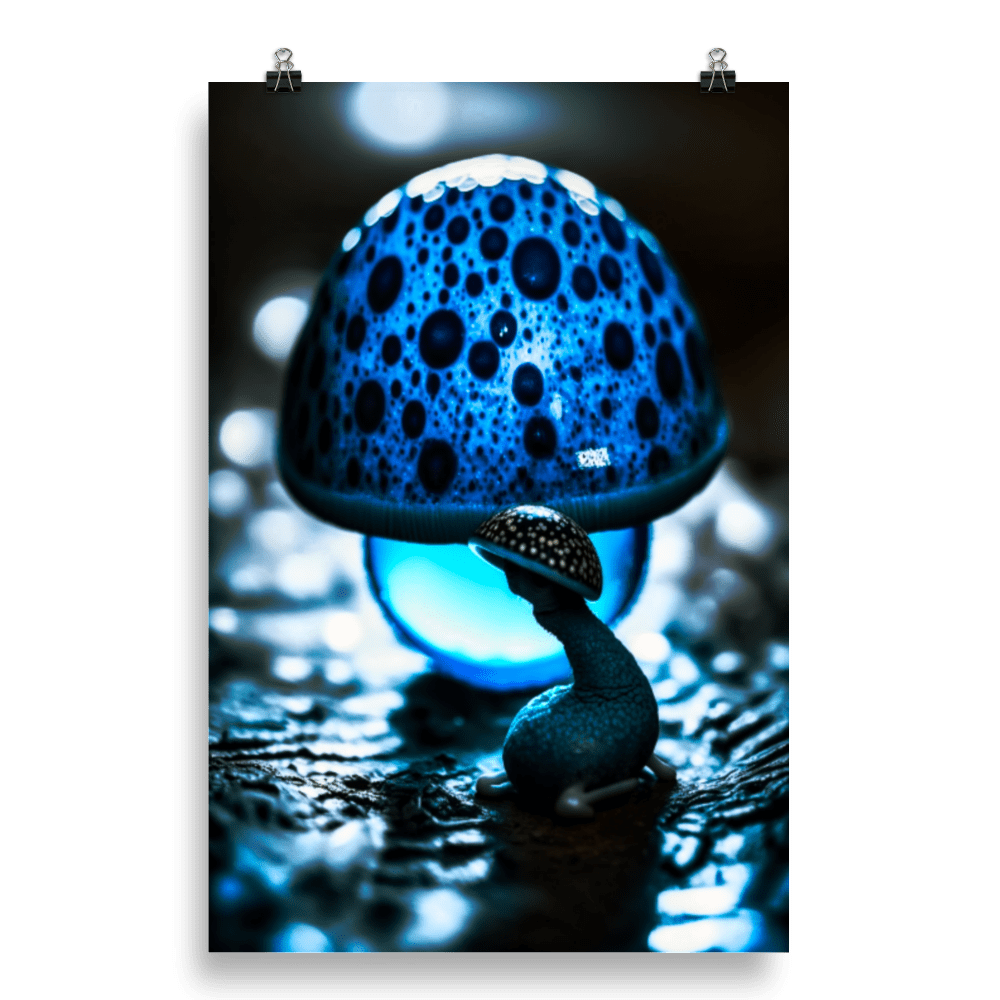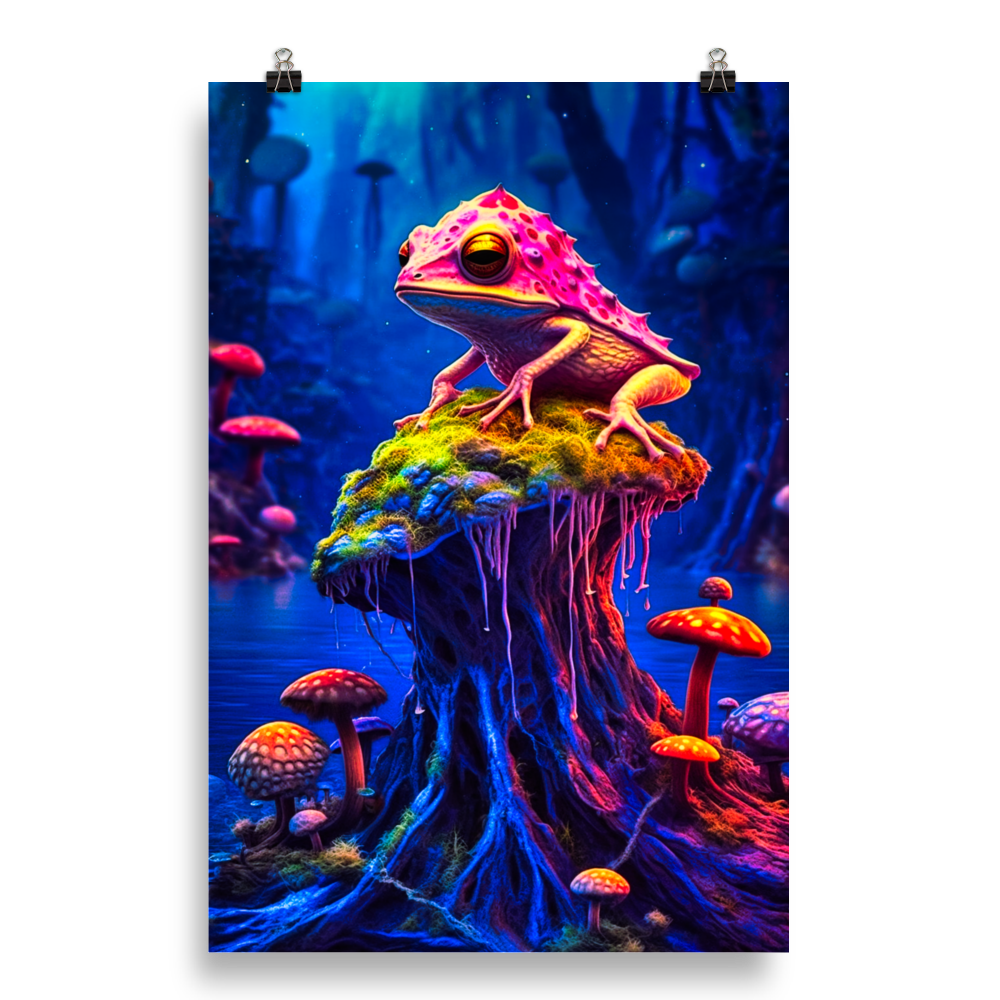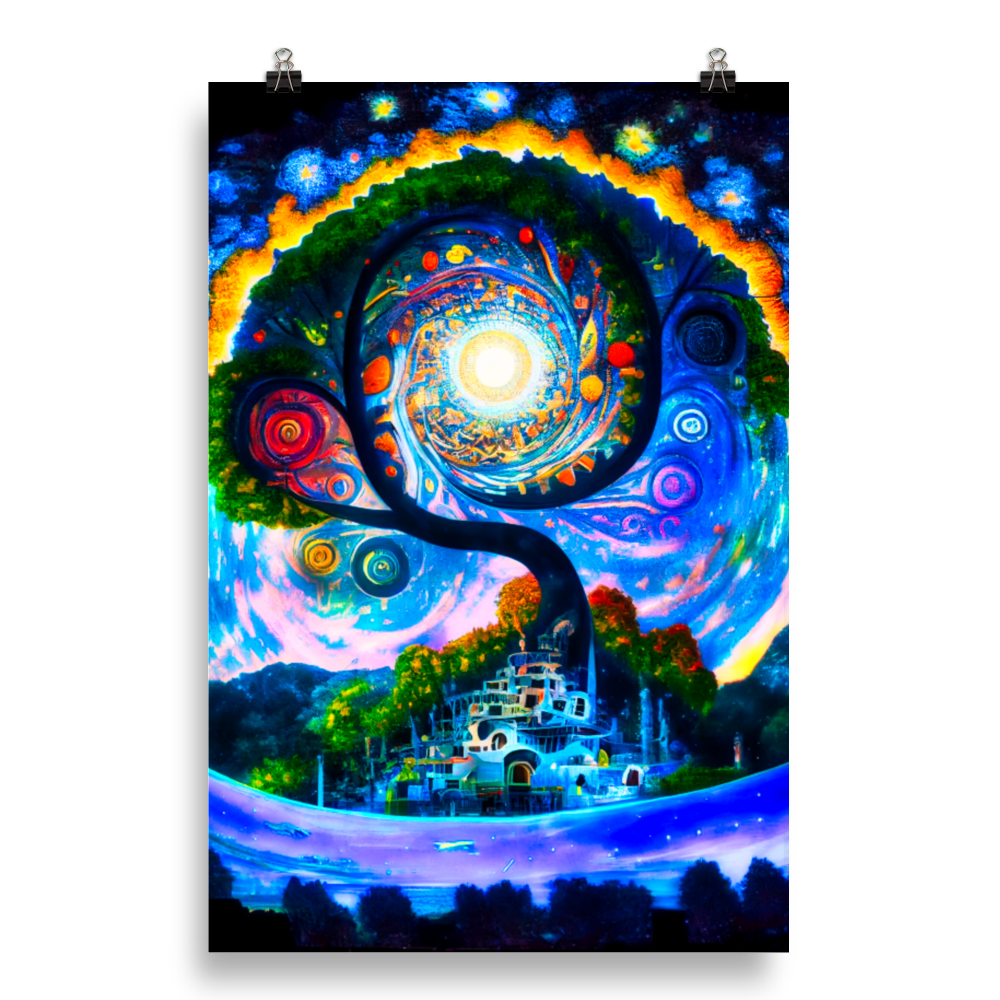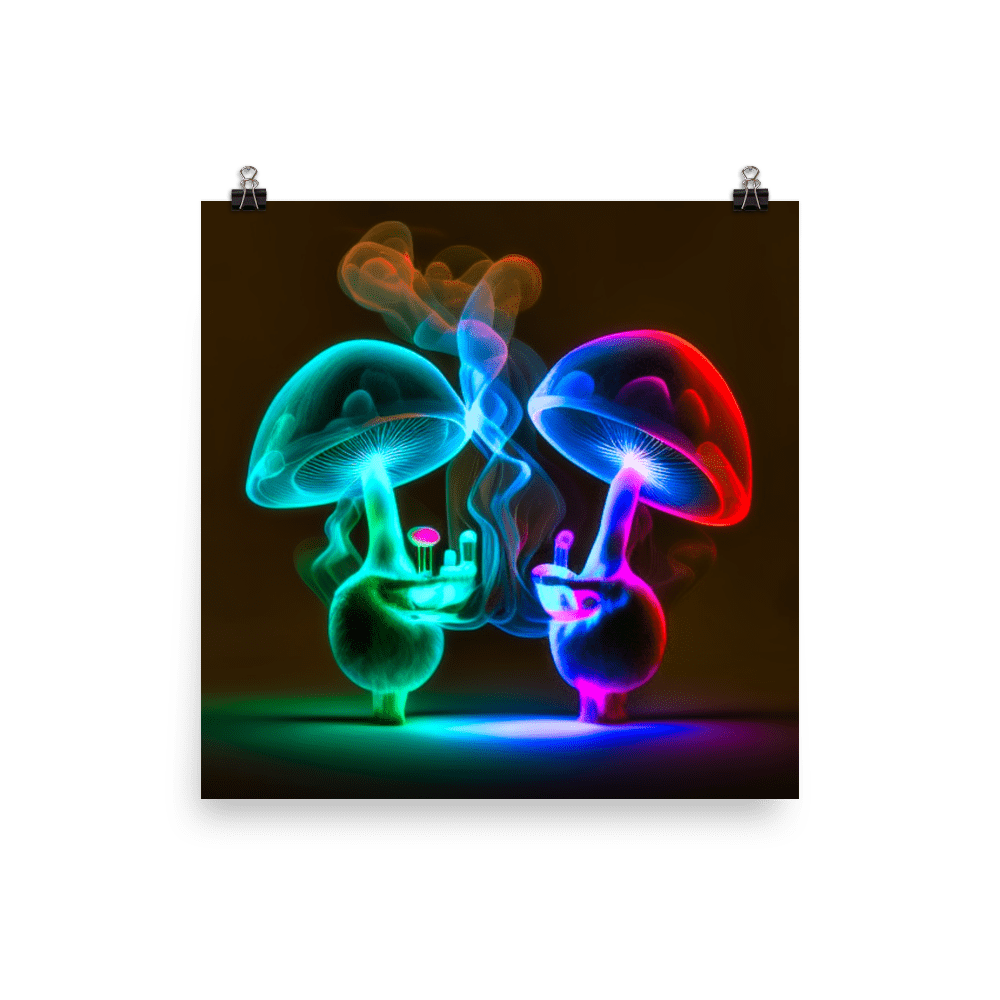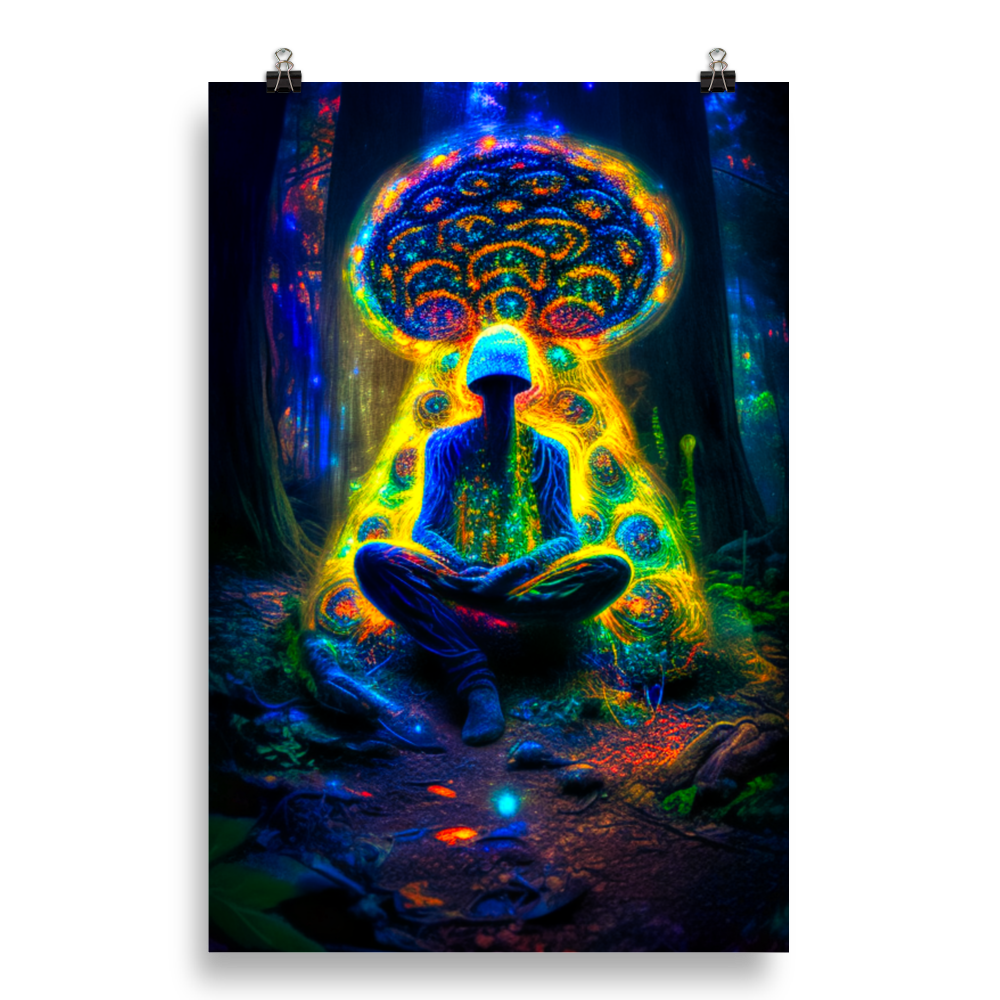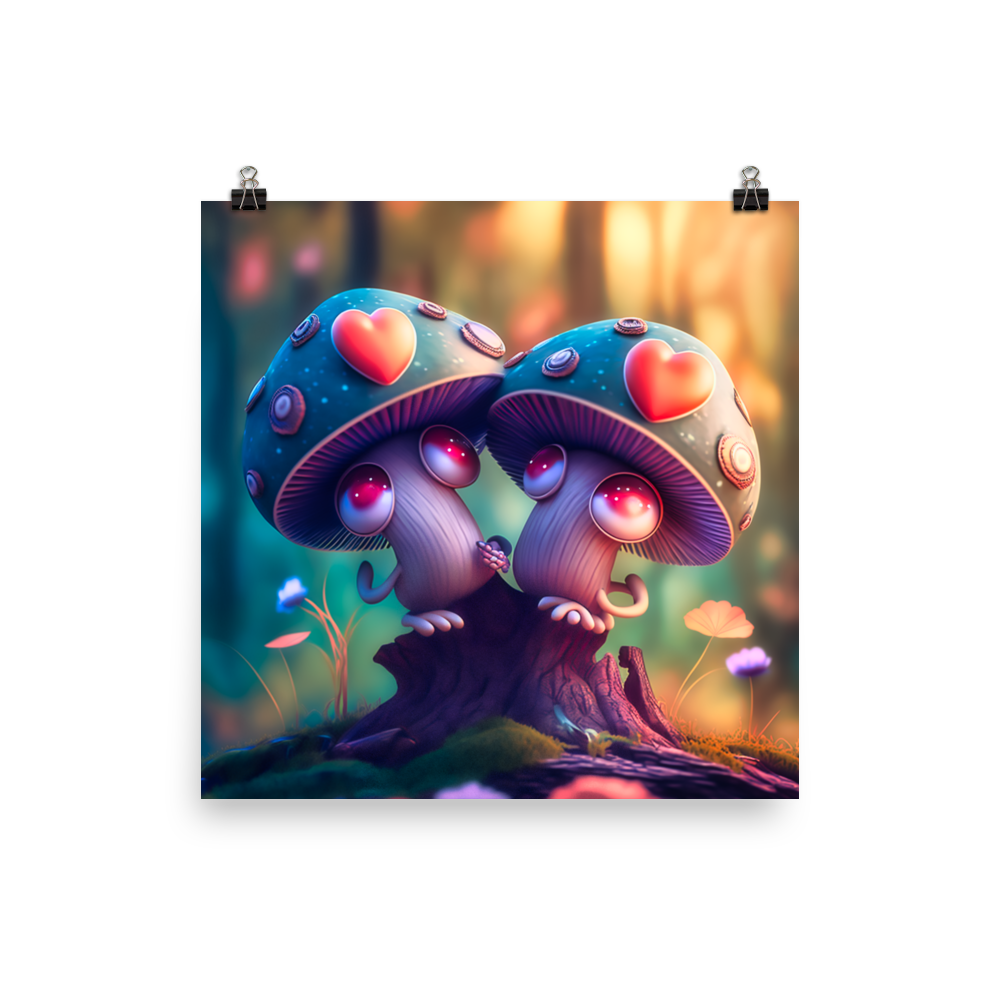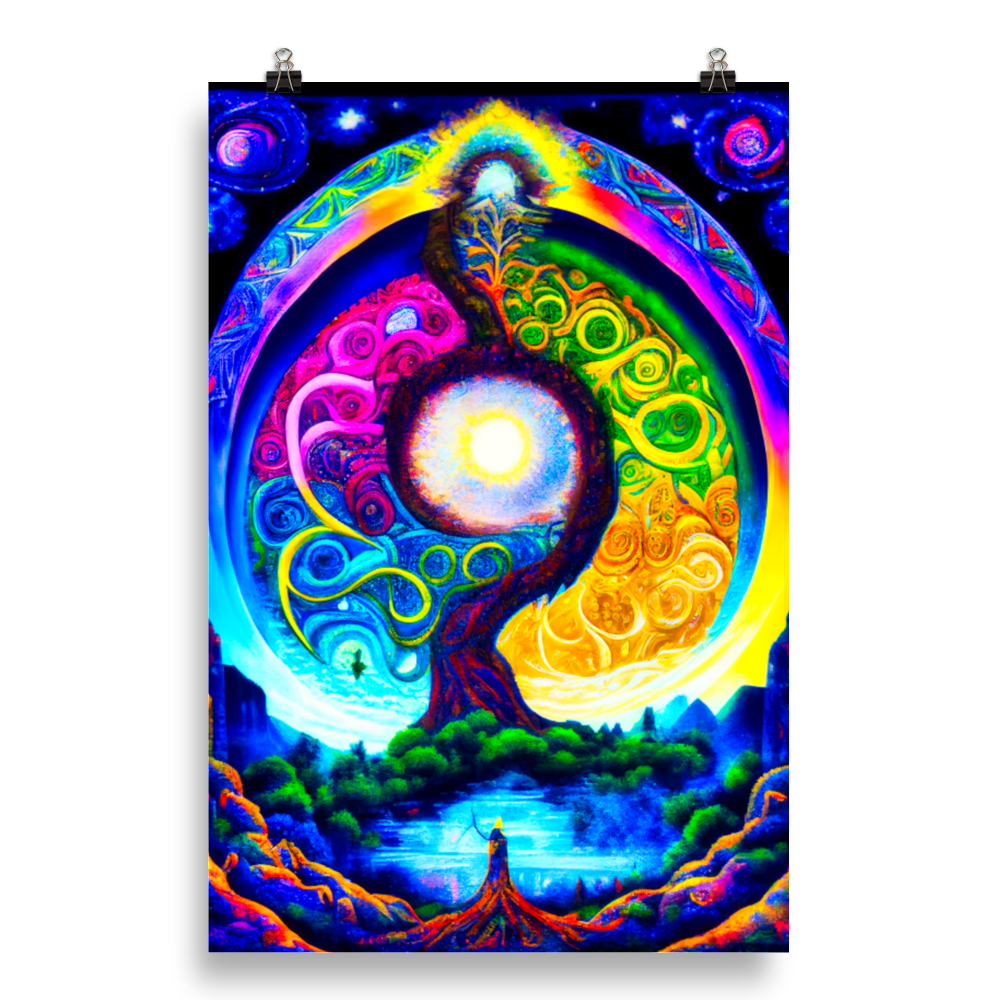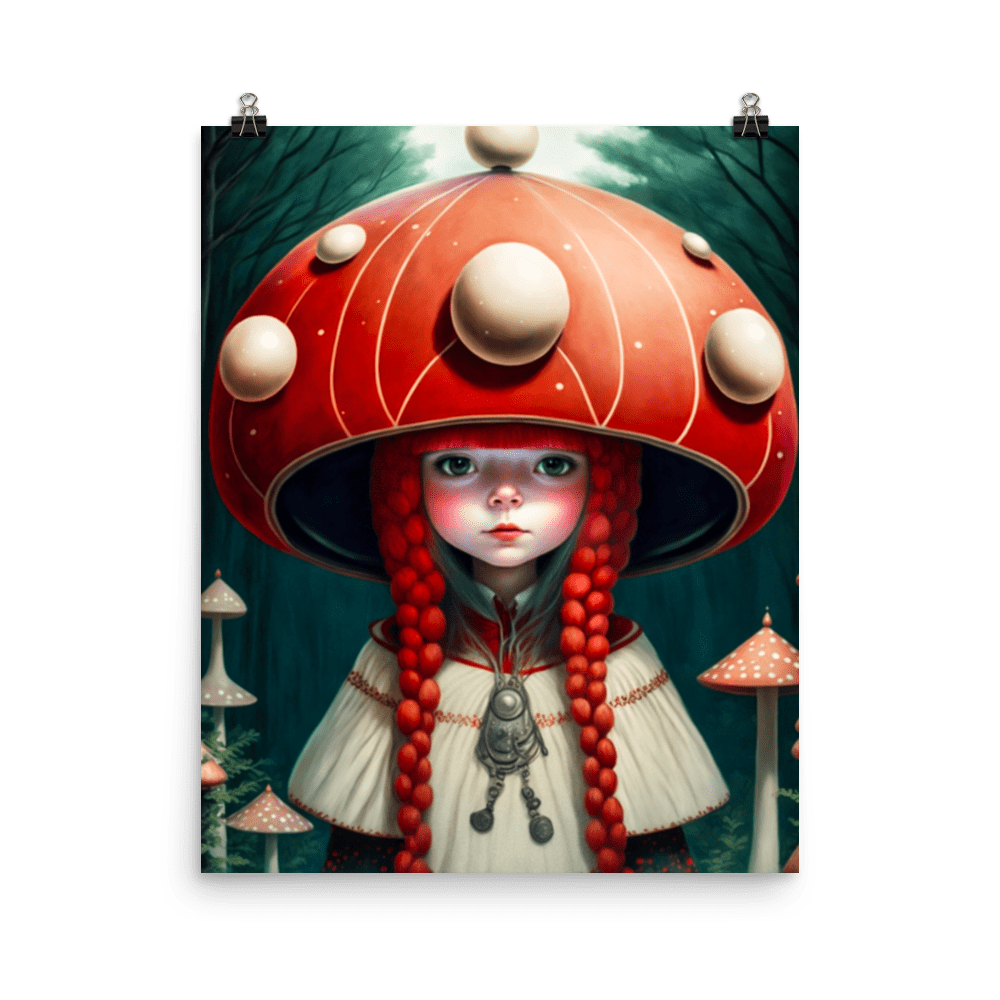Australia’s Shrooms
Psilocybin Mushroom Species
Climate
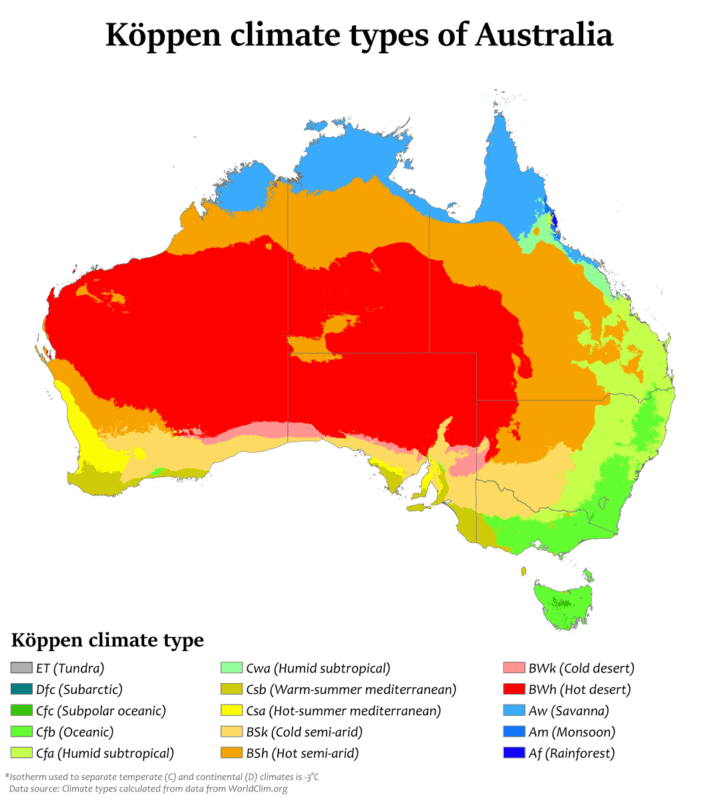
© Adam Peterson
In 2019 there were fires on around four million hectares in Australia. This corresponds to the area of Switzerland.
Australia’s climate is significantly influenced by ocean currents, including the Indian Ocean dipole and the El Niño Southern Oscillation, which correlate with periodic droughts, and the seasonal tropical low pressure system that produces cyclones in northern Australia. These factors mean that the amount of precipitation varies greatly from year to year. Much of the north of the country has predominantly summer tropical rains (monsoons), while the southwestern corner of the country has a Mediterranean climate. The southeast ranges from oceanic (Tasmania and the Victoria coast) to humid subtropical (upper half of New South Wales), and the highlands have alpine and subpolar oceanic climates. The interior is dry to semi-arid, with major floods that regularly follow prolonged periods of drought across much of the continent.
Although most of Australia is semi-arid or desert, the continent encompasses a wide variety of habitats, from alpine moorlands to rainforests. Fungi are typical of this diversity: an estimated 250,000 species, of which only 5% have been described, are found in Australia.
Psilocybin species sorted by Region
Gymnopilus
Gymnopilus is a genus of gill fungi within the Strophariaceae mushroom family that contains about 200 species of rusty orange spored mushrooms, previously divided into Pholiota and the nonexistent genus Flammula. The fruiting body is typically reddish brown to rusty orange to yellow, medium to large in size, often with a well developed veil. Flammulina lives on deadwood, earth, raw humus, peat, charred wood and burned lands. One kind populates pastureland. They rarely grow in large quantities, they can be parasitic on the roots or base of tree trunks. Members of Pholiota and Cortinarius are easy to confuse with Gymnopilus and Galerina, which contain poisonous and deadly species.
The name means naked pileus.
Gymnopilus purpuratus
Natural habitat:
-dead hardwood & cornifiers
-small clusters, lonely or grouped
-consequent decomposer

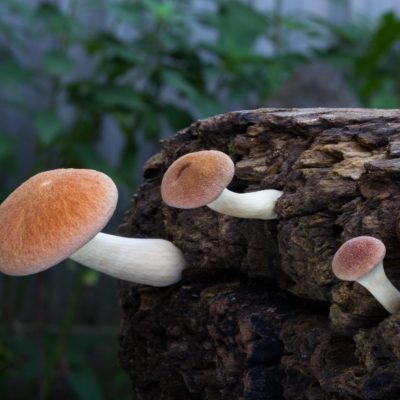
© Mycellenz, Lord Mayonnaise
Gymnopilus spectabilis
Natural habitat:
Summer to autumn
-Mostly hardwood, rarely softwood
-old tree stumps, buried wood
– consequent decomposer / weakness parasite


Gymnopilus purpurascens
Panaeolus
Panaeolus are poisonous, saprotrophic fungi related to Bolbitiaceae. The body of the fruit is usually brown, the cap is conical, flared to hemispherical in shape, and sometimes also spreads when fully developed. The stem sits in the center of the hat and, with the exception of Panaeolus semiovatus, has no ring.
The word Panaeolus is Greek and means “all colorful” and refers to the stained gills of the mushrooms produced. The spores are smooth or rough, with a germinal pore, and all species, except Panaeolus foenisecii, have a deep black spore print.
Panaeolus always occur in grasslands with manure deposits. Due to these location requirements, fertilizers are widespread in rangelands in all areas where livestock are raised. Almost all fungi in the Panaeolus genus contain serotonin, urea, and tryptophan. Some species also contain the psychoactive indole alkaloids psilocybin and psilocin.
These fungi are primarily dung and grassland species, some of which are widespread in Europe and North America.
Members of Panaeolus can also be confused with Psathyrella, however the latter genus generally grows on wooden or lignin-enriched soils and has brittle stems.
Panaeolus cinctulus
Natural habitat:
Spring to fall, abundantly after rain
-common, widely spread
-grows lonely to gregarious, also chubby
-on compost heaps, well-fertilized lawns & gardens
-also directly on horse manure


© Juan Carlos Pérez Magaña, Rocky Houghtby
Panaeolus cyanescens

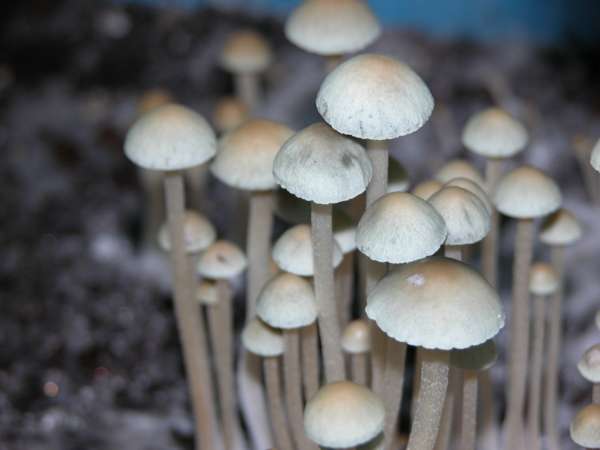
© Alan Rockefeller
Panaeolus rubricaulis

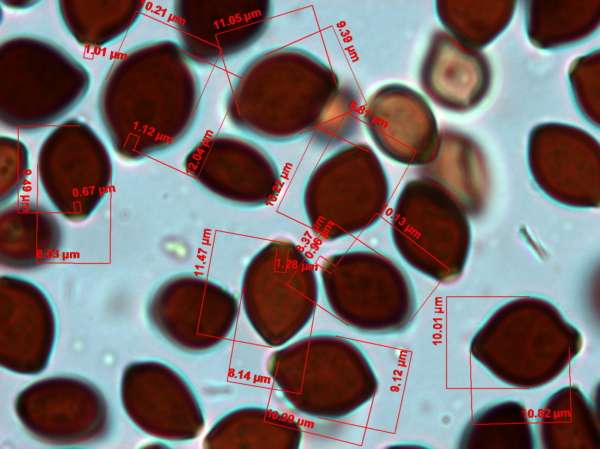
© wintersbefore
Panaeolopsis nirimbii
Pluteus
Pluteus is a large genus of fungi with more than 300 species.
The hat is always flat-convex, but never deepens or funnel-shaped. The stem is in the middle of the hat and can be easily separated from it. At the base it is plump to bulbous, but never bulbous with an edge. The spore powder is deep pink in color and soon gives the initially pale gills a pinkish tinge. The gills are free from the stem. There is neither veil nor ring.
Pluteus velutinornatus


© Jaco Grundling
Psilocybe
Psilocybe forms small to medium-sized, yellowish-brown to brown fruiting bodies divided into a cap and stem with a pointed bell-shaped or hemispherical cap, often characteristic. The hats are mostly brown with sometimes blue tints; they are mostly hygrophanous. They are thin and generally sticky to greasy. The name bald head is derived from the smooth surface of the hat. It is rarely also faintly velvety.
The beige lamellae have initially grown widely on the handle, sticking or running down the handle with a tooth. They are usually wide and distant or narrow. They later turn red to dull brown or quickly black. Sometimes they also have purple hues. The cylindrical style is slim and central. The handle, sometimes also the hat, turns black, bluish-black, blue or greenish in color when dried. Sometimes there is a veil. It is found on the hat and stem, sometimes lining the brim of the hat or forming a ring zone on the stem.
The smell is insignificant or farinaceous, sweetish in some species. The taste is also negligible to that of flour, but it is rarely bitter as well. The color of the spores varies from purple-brown to dark purple-brown and rust-colored.
Ecologically, all psilocybe species are saprotrophs that grow in soil, straw, wood chips, peat, and debris. Species that parasitize moss are rare.
Psilocybe alutacea
Natural habitat:
Late summer to late autumn
-in mountain areas over 1200 m
-lime-rich soil
-warmth-loving
-consequent decomposer


© Bob, David Lucas
Psilocybe cubensis
Natural habitat:
Summer to late autumn
-Animal droppings, in nutrient-rich places
-on naturally fertilized meadows
-consequent decomposer


© Zergboy, Alan Rockefeller
Psilocybe semilanceata
Natural habitat:
Summer to late autumn
-Cow / sheep pastures, in grassy and nutrient-rich places
-on naturally fertilized meadows
-never straight from animal dung
-consequent decomposer
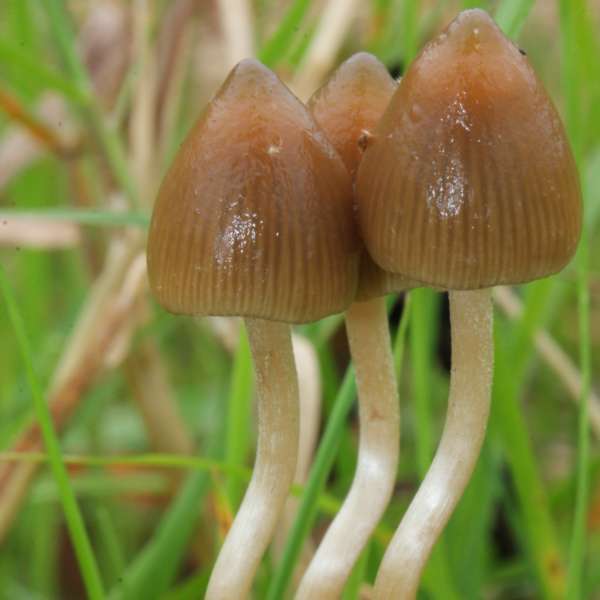

© Alan Rockefeller, Koń
Psilocybe angulospora

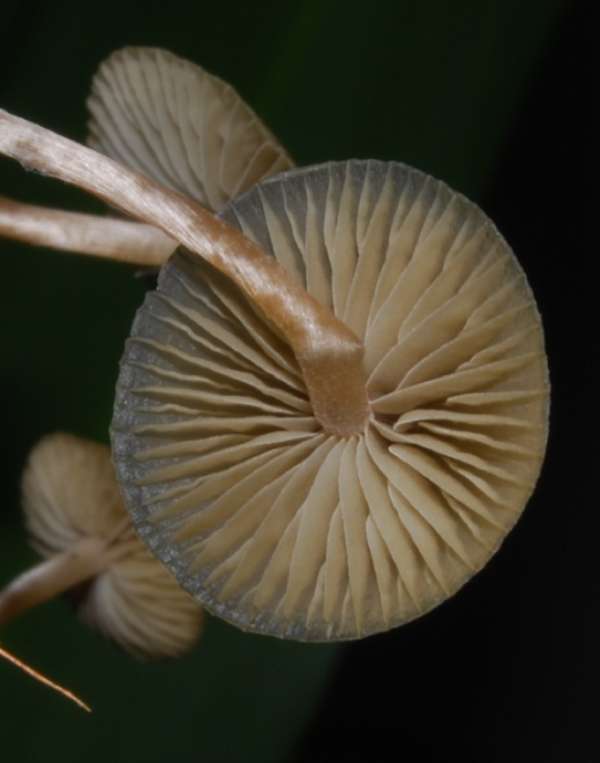
Psilocybe aucklandiae

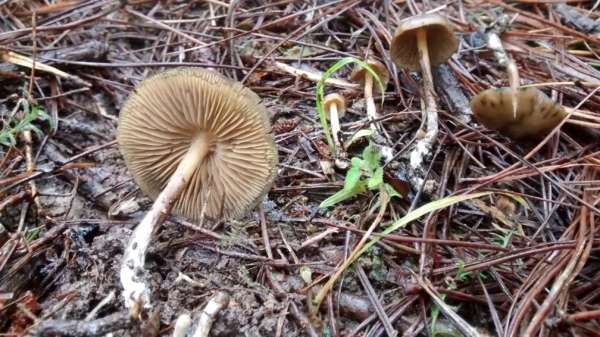
Psilocybe makarorae
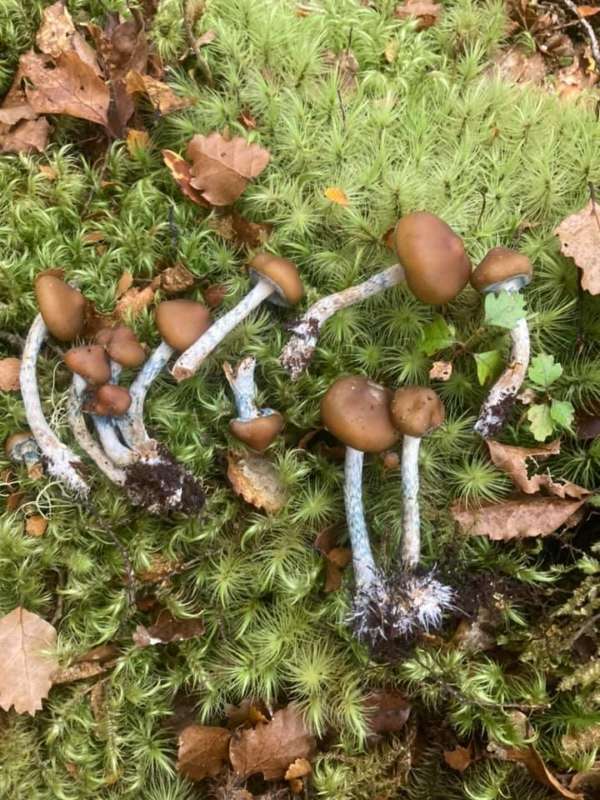

Psilocybe papuana


© Heyowana
Psilocybe subaeruginosa
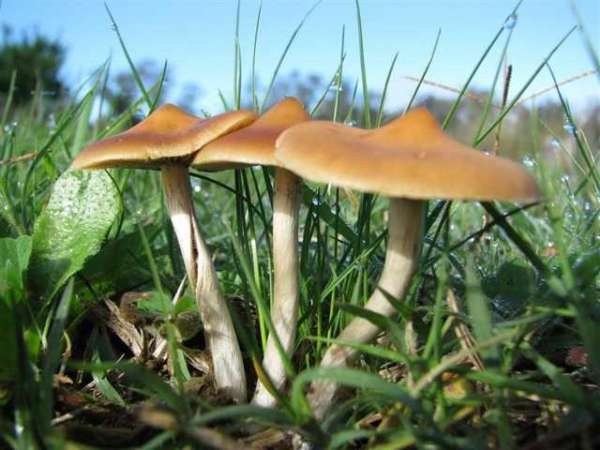

© Miguelessabio
Psilocybe tasmaniana


© Heyowana
Psilocybe weraroa

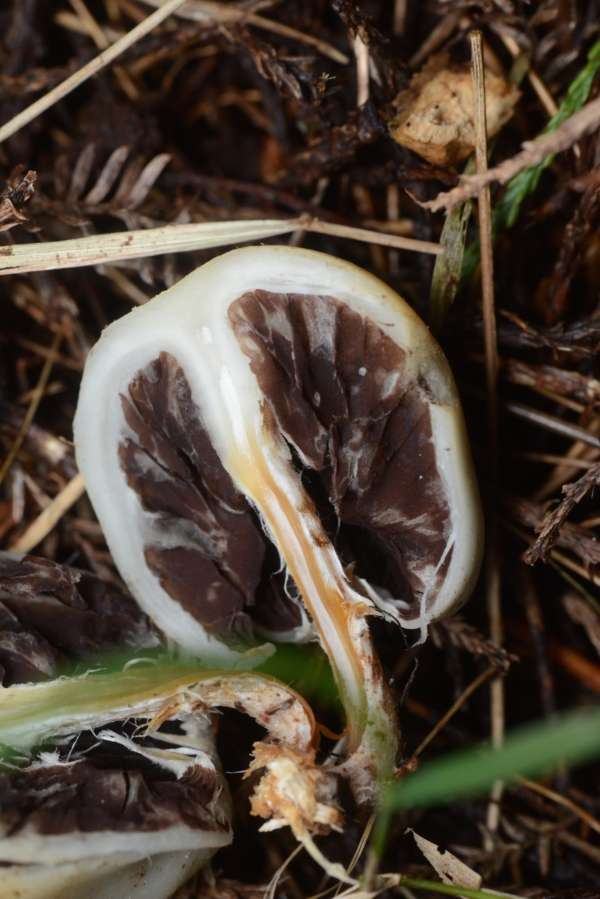
© inski


